By CEO National Master Evan Rabin

Compared to most chess masters, I have read a minute amount of chess books cover to cover, likely under five. I made master mostly because I played 950+ rated tournaments and went over all of my games with some help of my coaches.

With that said, there were certainly several books that helped me grow from beginner to master:
Beginner Books
(Suggested Rating: Unrated-1200)
1) The Chess Tactics Workbook by Al Woolum
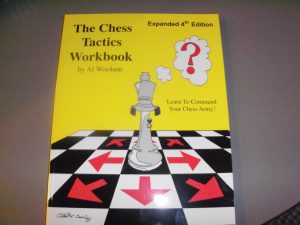
Chess teachers probably make more photo copies from this book more than any other. It has lots of great practice for beginners and some intermediate players, ranging from piece movement exercises to forced checkmate in three puzzles.
2) How to Beat Your Dad in Chess by Grandmaster Murray Chandler
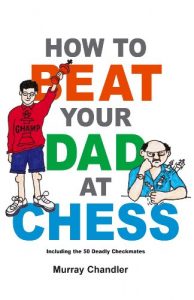
My coach National Master James Lewis gifted me this book when I was 12-years-old and I now teach with it all the time. While the title is funny, it is actually good for children and adults. It demonstrates 50 key checkmating patterns, including the Anastasia’s Mate, Arabian Mate and the famous Greek Gift sacrifice.
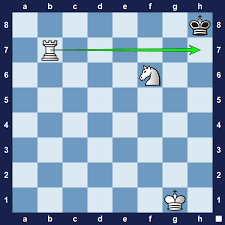
Here is a fun fact about the Arabian Mate that I once learned from David Macenulty: The reason it is called “Arabian Mate” is that when chess was invented in Persia, there were only pieces that move exactly the same way that they move know- the rook and the knight.
3) Pandolfini’s Endgame Manuel by National Master Bruce Pandolfini
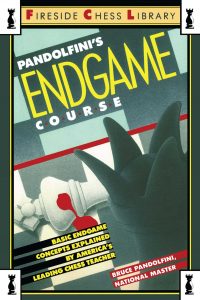
My podcast guest Bruce Pandolfini signed “future master” on my copy of the book when I was 8-years-old; his prediction came true! I learned lots of the basic checkmates and fundamental endgames through this book.
Intermediate Books
(Suggested Rating: 1200-1800)
1) Michael Adams: Development of a Master by Bill and Michael Adams
Former World Champion Bobby Fischer’s second Grandmaster Bill Lombardy once shared me some key advice: Go over full games!
My father Keith Rabin, President of KWR International, bought me this book in a used bookstore as a child but it wasn’t until years later that I read it. One late night at the Chess Forum, the late Bill Lombardy told me I was spending way too much time reviewing openings and endgames and that I should pick a top player and review all of his games and focus on transitions. I therefore picked up this book and started focusing on all of perennial British Champion Mickey Adam’s games and learned a lot of about openings, preparation of attacks, middlegame strategy and more.
2) Modern Chess Strategy by Ludek Pachman
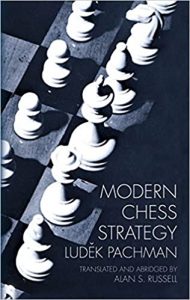
Before my first lesson with Grandmaster Leonid Yudasin, he suggested I carry all of my chess books so he can make some reading recommendations. When I showed them all, he instantly suggested Modern Chess Strategy. This book has helped me evaluate positions and come up with the best middlegame plans based on positional factors. For instance, if your opponent is expanding in the center, you should get counter play in one of the wings.
3) Winning Endgame Strategy by Grandmaster Alexander Beliavsky
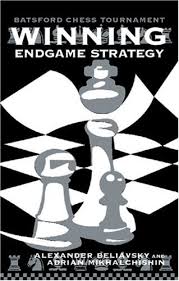
This book was another recommendation of Yudasin and taught me most of the fundamental endgame knowledge I know.
Advanced
(Suggested Rating: 1800+)
1) Counterattack! by Grandmaster Zenon Franco
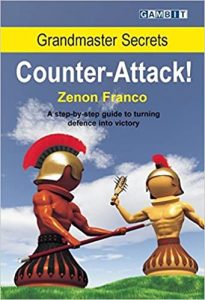
I have been using this book a lot with many of our intermediate and advanced students in recent years. It gives a lot of ideas about attacking, psychology, defense and more. One main point of the book that I learned was how one should always spend time searching for additional candidate moves that may not appear so obvious.
Openings
(Suggested Rating: 1200+)
Students rated under 1200 should have a few basic moves as white with either 1.e4 or 2.d4 and black against both moves but should not do any serious openings study. Students above 1200 should still primarily focus on middlegame themes and endgames but should have a basic repertoire.
One should focus on opening books that have full games, rather than variations, to abide by the teachings of Bill Lombardy.
These are two of the opening books that helped me the most:
1) Beating the Sicillian 3 by John Nunn and Joe Gallagher
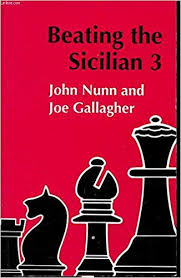
While this book is a little old and does not have the latest and greatest theory of the Open Sicilian, it is a good overview of all the lines and shows lots of instructive games, including a few from the authors themselves.
2) Attacking with 1. e4 by Grandmaster John Emms
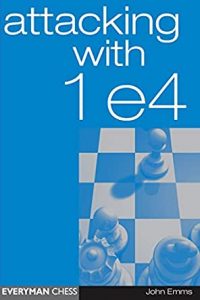
Bobby Fischer once said “1.e4 is best by test.” While that may be true, I’ve been an 1.e4 player pretty consistently my whole chess career. I have dabbled with 1.d4, the English and 1.Nc3 over the years but 1.e4 has always been my main opening move. While a 160-page book certainly cannot fit in all lines against 1.e4, this book provides a nice survey. I enjoy its lines against the Pirc, Modern, Scandinavian, Alekhine and unorthodox defenses in particular. I do not agree with the suggestions of the Closed Sicilian, Bishop’s Opening and the Kings Indian Attack against the French. This book also does not show complete games; however, you can take the games quoted and search for them on Chessgames.com or Chessbase Online.
For d4 players, I would suggest Grandmaster Boris Avrukh‘s 1.d4 series:
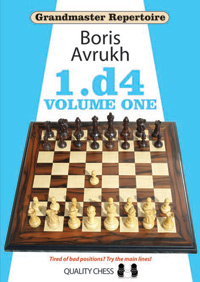
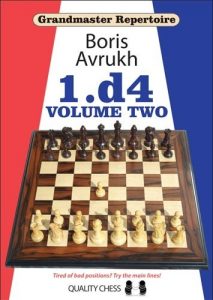
There are many black opening books that helped me; too many to name. If you would like a suggestion regarding a particular black opening, check out the great supply at our close partner Chess4Less. What chess books have helped you to improve the most?


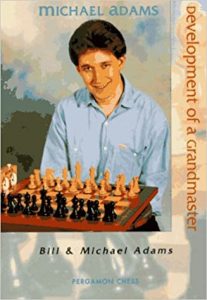
Good selection. Sage advice.
Pingback: Ten Chess Principles That One Will Not Find in a Book | Premier Chess
Thank you for this list of books to read and and improve my game of chess.
Type here..nice book really helping my chess.
Pingback: 5 อันดับ คาสิโนออนไลน์ ที่ดีที่สุด
Pingback: 5 ค่าย คาสิโนสด
Pingback: silicone dolls for sale ebay
Pingback: nagaway สล็อต
Pingback: Public Health Degree in Africa
Pingback: poppenhuis
Join our vibrant community of players and take part in thrilling tournaments, exciting promotions, and exclusive events.
Compete in thrilling casino tournaments for huge prizes!
Pingback: see this here
Pingback: เว็บปั้มวิว
Pingback: ระบบ ERP
Pingback: slot wallet คลิกเดียวโบนัสแตก
Pingback: รับสร้างบ้าน
Pingback: buy fake banknotes and cloned cards
Pingback: ราคาบอลสเต็ป
Chess books are a great way to sharpen strategy and thinking skills. A well-designed book enhances the reading experience, and <a href="[Link deleted]Cover Designer in London ensures that chess guides look as impressive as the knowledge they offer. A must-read list!
Studying chess through books helps improve strategy and critical thinking. A well-written guide makes learning more engaging, and EBook Writers excel at crafting insightful content that simplifies complex concepts for readers looking to enhance their game effectively.
11 Books for Chess Improvement is a great list for sharpening the mind! It reminds me of my own book, which I published with the help of <a href="[Link deleted]Online book writing services in Houston United States
11 Books for Chess Improvement is perfect for anyone wanting to up their game! It makes me think of my own book, brought to life with the help of book writing services in Houston.
Great list! These chess titles offer practical lessons and strategies perfect for players aiming to sharpen their game. A smart starting point for anyone serious about improving.
This service combines deep knowledge with a client-first attitude to deliver exceptional and trustworthy results.구글찌라시 The depth of knowledge and quality execution provided here guarantee satisfaction and long-term success.